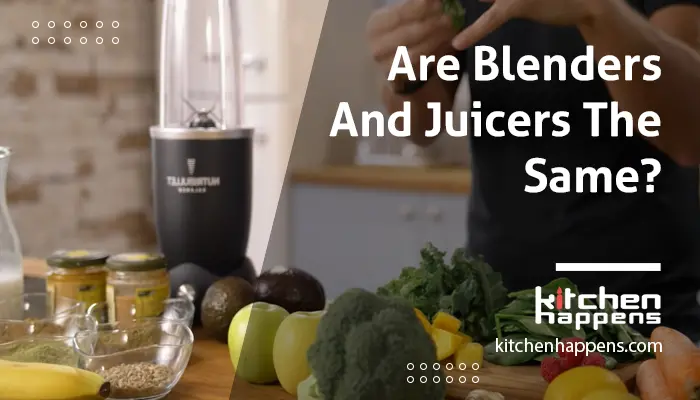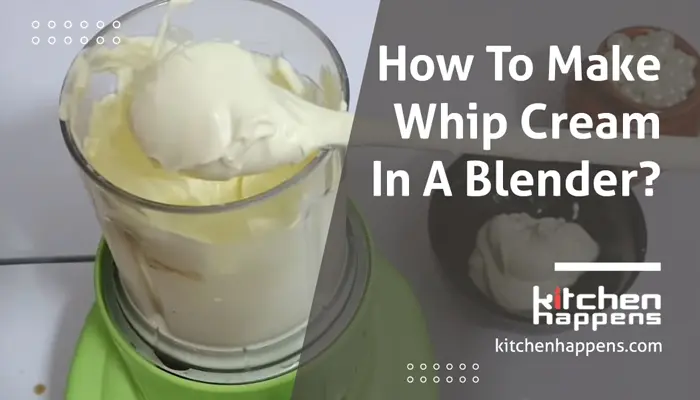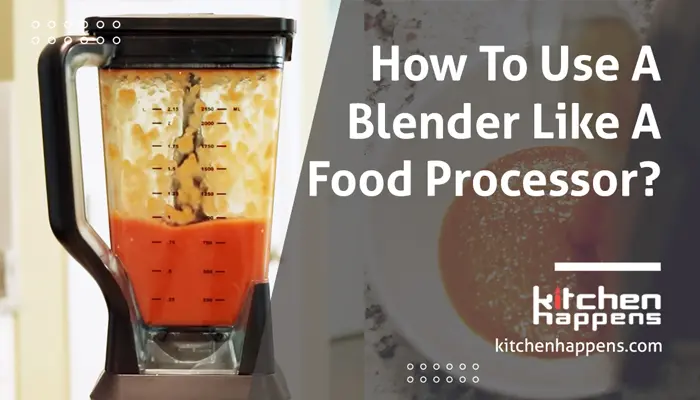Using a blender or juicer can make it easier to provide nutrients for your body without the hassle of cooking or preparing food.
The blender and juicer are both featured as making healthy food. But does that mean a blender and juicer are the same? They’re two different processes which many people don’t understand.
However, how do you understand juicers and blenders operate differently? Having a clear understanding of how the two differ can help you get the most out of each.
Therefore today we are going to discuss a comparative guide on are blenders and juicers the same. Therefore, take your time and explore each section in depth to learn more about it.
At the very beginning, let’s learn a little bit about what is a blender and juicer.
What Is A Blender?
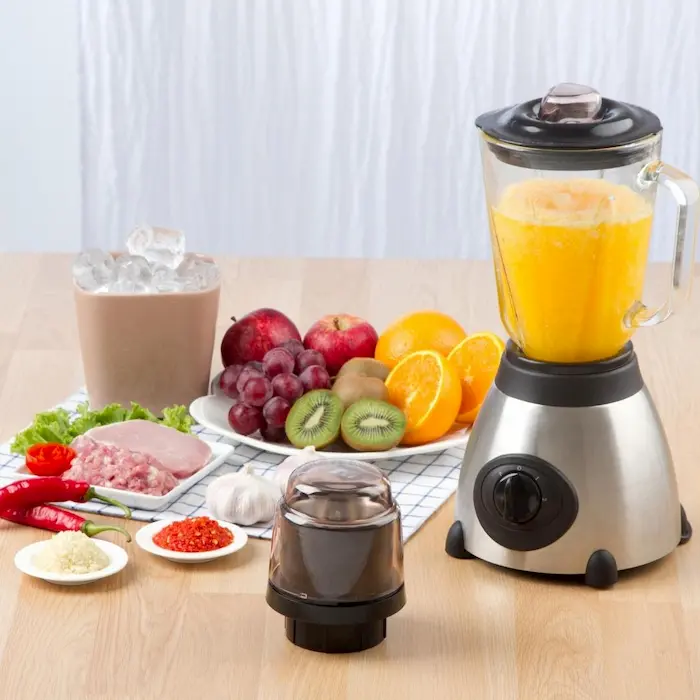
In general, a blender is a machine that crushes fruit and vegetables using a rotating blade. At the base of the blade, there is an electric motor that powers the blade in order to rotate. The machine is powerful enough to crush hard foods, including nuts and ice.
It’s time to invest in a blender if you’re a smoothie fanatic. Unlike juicers, it produces little to no waste, unlike those that produce pulp. Depending on how smooth you want your food, you can blend it for as long as you want. You may also learn what is a pastry blender.
What Is A Juicer?
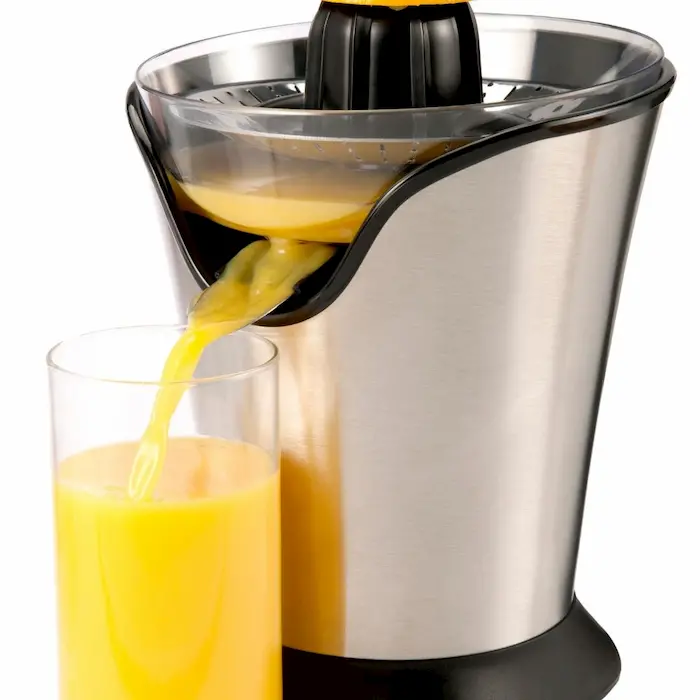
A juicer is an appliance used for extracting liquids from fruits and vegetables. Generally, juicers have a lever or crank that allows you to squeeze juice from fruit and vegetables by pressing on the pulp with enough force. There are some electric juicing presses as well as manual juicing presses.
By juicing, you extract juice from the ingredients’ pulp. Especially if you are juicing in large quantities, citrus juicers generate a lot of waste because the pulp remains after pressing.
Stainless steel is the most common material used in the construction of juicing machines. Several juicer models include a detachable chamber made of high-quality glass or plastic, allowing for easier juice transfer to a glass or jug.
Now let’s know are juicers and blenders the same.
Are Blender And Juicers The Same?
In spite of the fact that their purposes may seem identical, they are not the same, even though they are used for similar reasons. Basically, a juicer has the function of extracting all the liquids from the ingredients by means of a centrifuge in order to make juices. Afterward, you discard everything else as pulp.
A blender whirls all of the ingredients together quickly. It is also common to add a bit of water to help liquefy the ingredients. Consequently, the smoothie contains both pulp and nutrients from the ingredients.
Using these appliances, you can create delicious fruit and vegetable drinks. Both of them increase your fruit and vegetable consumption. However, juicing and blending provide different benefits.
Juicing Vs. Blending (What’s The Difference)
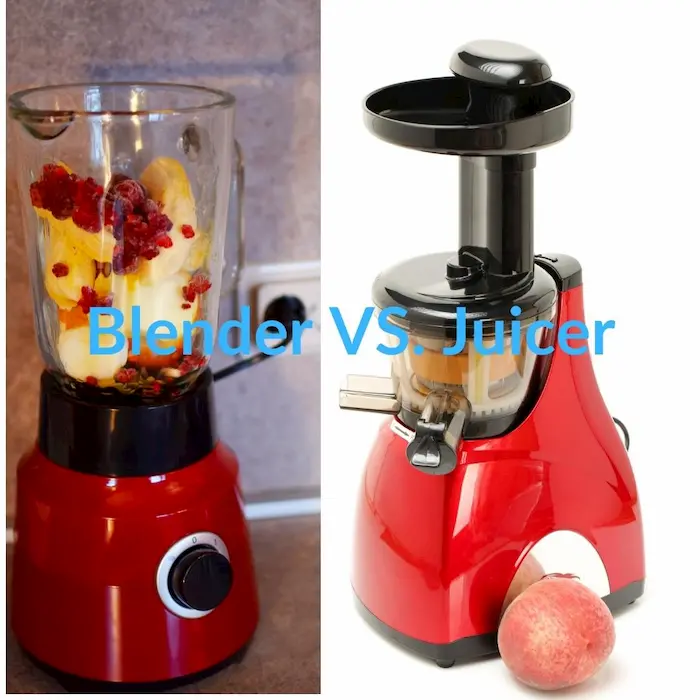
The main difference between juicers and blenders is that juicers remove fiber, whereas blenders keep it. The removal of fiber is not always a bad thing.
Occasionally, your digestive system may require a bit of a rest from the fiber. Those with sensitive digestion may benefit from a diet low in fiber. People who are recovering from illness or injury may also benefit from low-fiber diets.
Juices are gentler on the digestive system and easier to digest than other foods. It is also possible for juices to absorb nutrients more quickly.
A good blender will benefit people with high blood sugar levels. Sugar is absorbed from the body into the bloodstream more slowly when you consume fiber.
Diabetes patients are at risk of dangerous sugar spikes because of this slowing down. The fibrous pulp in smoothies enhances satiety and reduces hunger pangs because it increases satiety.
The ability to process more ingredients is also another advantage of blenders over juicers. The versatility of smoothie recipes is enhanced by this capability.
By using commercial blenders and the right juicers, people can get nutrients and vitamins without having to cook vegetables. Both appliances are subject to a great deal of debate regarding healthy blenders and juicers, in spite of this let’s know some of the different benefits of blending and juicing.
Right now you learn about the difference between blenders and juicers. Now let’s know their benefits.
Benefits of Blending
Here are some benefits of blending you should know about.
Steadily Releasing Energy
As a result of the fiber in blended smoothies, the digestive process is slowed down. Using this method, you will be able to release energy slowly, steadily, and evenly, avoiding sugar highs. As a result, you will feel satiated for a longer period of time.
Waste Reduction
By blending, you will be able to make use of everything you have added to your recipe. There is no need to separate pulp and fiber for disposal as waste, as you dispose of them together.
Enhances Digestion
You can positively impact your metabolism by consuming ingredients high in fiber. As a result, it promotes regular bowel movements and cleanses the digestive system of toxins. The digestive system is improved as a result.
Benefits of Juicing
There are a number of benefits associated with juicing just as there are with blending.
Better Digestion
In juices, most of the fiber is removed, so it becomes easier for the digestion system to process. Those with digestive problems may benefit from avoiding fiber.
The nutrients they consume through juice can be replaced without eating fiber.
Improved Absorption
Having less fiber makes it easier for the body to absorb vitamins and minerals. This lets the body take advantage of the nutrients’ benefits faster.
More Fruits and Vegetables
The juices get lighter because fiber and pulp aren’t in there. In the end, more fruits and vegetables can be juiced to make a glass of juice. As a result, you’re getting more nutrients.
The Types of Blenders
It is important to understand which type of blender will be most suitable for you if you want to blend. The most common types of blenders are two.
Jug Blender
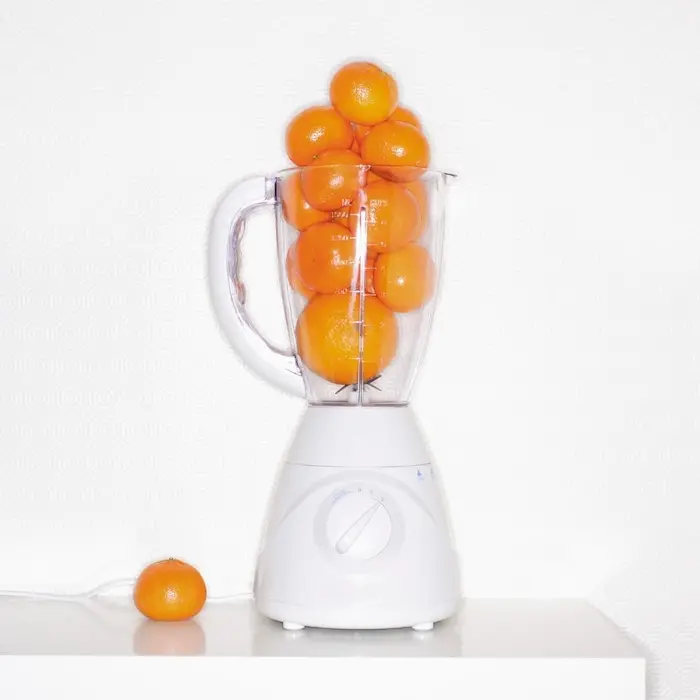
They are suitable for general kitchen use. You shouldn’t choose cheaper models when it comes to making smoothies.
The cheaper models may have difficulty blending hard vegetables, nuts, and seeds smoothly. These devices work perfectly with softer foods, such as yogurt, soft fruits, butter, and honey.
The capacity of jug blenders is higher, so you can make smoothies for the whole family. The most suitable ones are for larger families.
Single Serving Blenders
In recent years, these mixers have become increasingly popular. The main feature of these devices is the cup or flask that you use for blending. It comes with a lid and a detachable cup. The blender’s blades are attached directly to the container, which can be filled directly with ingredients.
Once you’ve blended, you attach the lid to the cup and detach the cup. Now you can enjoy the smoothie on the go. They’re easy to use, and the designs are simple.
Therefore you are getting the most from fruits and vegetable juicers or blenders.
The Types of Juicers
In order to choose the right juicer for your needs, you should be aware of the different types.
Centrifugal Juicers
They work by rotating a metal blade that pushes the ingredients against a strainer. The juice is extracted in this way, then drained into a container. After that, you can throw away the pulp.
The main reason these juicers are so popular is their low price. It generates a lot of heat, which can destroy some nutrients.
Despite this, these appliances would be useful to anyone who wants to try juicing.
Masticating Juicers
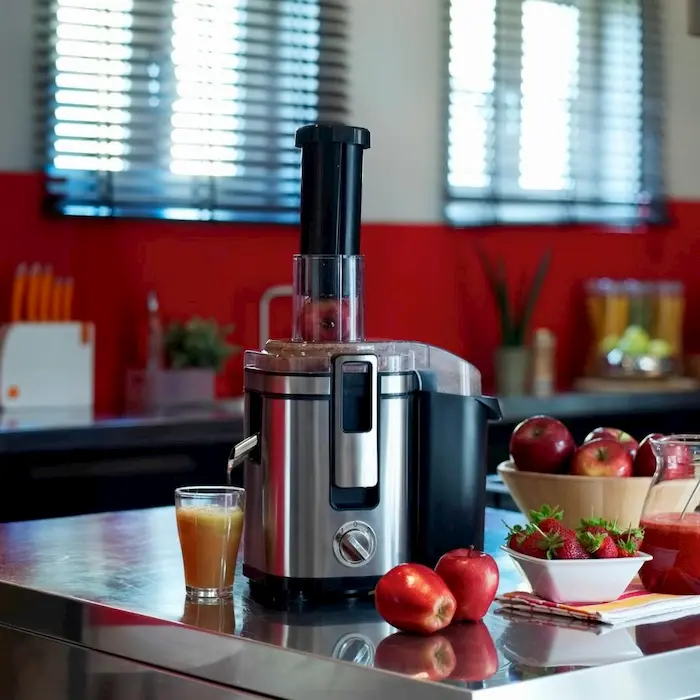
This type of juicer works by pressing and crushing ingredients to extract the juice. Even though they operate quite slowly, they are highly efficient.
Unlike conventional juicers, they do not generate heat, which preserves the juice’s nutrient content. These juicers are more expensive and larger in size, which has affected their popularity.
In spite of this, they are excellent choices for juicers who want to maximize the taste of their drinks.
To answer the question ‘Are juicers and blenders the same?’ No, they are not. Now that you know the difference between juicers and blenders, you can buy with confidence.
Before that let’s learn some recipes for juicers and blenders.
Recipes For Juicers And Blenders
The following is the same recipe for commercial blenders and juicers.
Recipes That You Can Make By Juicers:
Green Juice
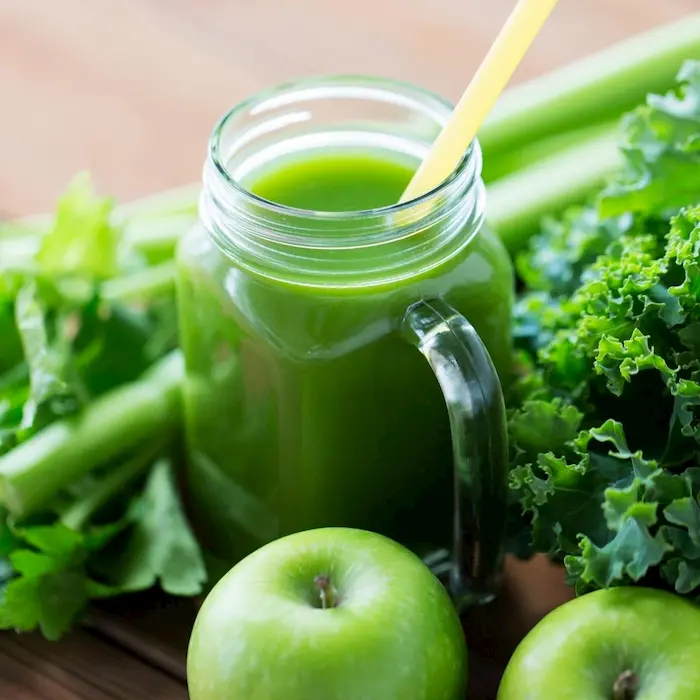
Green juice recipes contain a great deal of chlorophyll and provide live-giving nutrients to our bodies.
Ingredients:
Kale
Ginger
Granny Smith Apple
Celery
Cucumber
Parsley
How To Make:
- You should begin by thoroughly washing your green foods.
- Ensure your juicer is clean.
- Turn on your juicer and feed the greens into it.
- Juice until the greens are all processed, then turn off the machine and unplug it.
- Take a sip of delicious, nutrient-rich green juice and enjoy!
Watermelon Juice Recipe:
For a refreshing summer drink, try watermelon juice with ginger.
- You will need a ripe, clean watermelon
- Slice the watermelon into smaller pieces that will fit into your juicer after it has been cut in half
- Remove the rind from the watermelon pieces before you put them in the juicer.
- Follow the manufacturer’s instructions when juicing watermelon pieces
- For later serving, store in a sealed container in the fridge.
Recipes That You Can Make By Blenders:
Smoothies
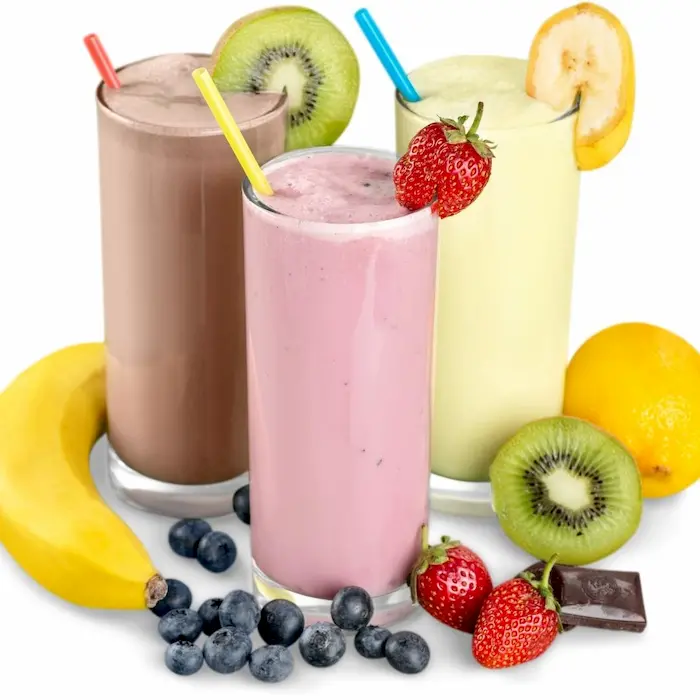
You can easily make luscious smoothies with your blender by choosing fresh or frozen fruit and vegetables. Bullet blenders, stick blenders, or bench-top blenders can be used to make smoothies.
A good stick blender or wand blender will work well if you don’t have a personal blender or bullet blender. High-powered bench-top blenders will pulverize more challenging ingredients and produce a smoother result.
If you want to know how to make smoothies without a blender, you can check out our this guide.
Cocktails
By blending frozen fruit with ice, you can prepare margaritas, daiquiris, mojitos, bellinis, or pina Coladas. You can make champagne smoothies. You can also make a simple fruit punch. Having a jug of icy cocktails at a party can be a great icebreaker.
Milk Shakes
You can make a milkshake in seconds by adding milk, ice, ice cream, flavor, or fruit. Add ice cubes to your milk if it is not icy. You will get better frothing from fresh milk.
Blender Vs. Juicer. Which Is The Best?
Juicers and blenders both have their advantages and disadvantages, depending on your needs and preferences. Making juice every morning with a juicer is perfect if you’re looking for something clear (without pulp). Moreover, juicers produce a high concentration of vitamins, making them easier to ingest than eating several fruits every day.
Alternatively, a blender is more versatile and can do more than just crush fruit and vegetables. However, the consistency of a blender will be thicker because it retains the pulp, skin, and seeds. Even so, fiber is beneficial to gut health, and you will feel full quickly, so this is still a win-win situation. You may also learn how to buy a blender as per your need.
Final Verdict
This is our overall guide on are blenders and juicers the same, and we hope that you’ve learned more than enough to make a decision on whether a blender or a juicer is better for you.
However, if you love living a healthy lifestyle and include fruits and vegetables in your daily diet, but cannot squeeze in an extra apple in your limited time. If this is the case, having both a blender and a juicer would be ideal. It won’t be a problem if you have a limited amount of kitchen space since both appliances aren’t big.
Frequently Asked Questions
Can a blender be used as a juicer?
It’s actually very hard to obtain just the juice from a blender because it blends everything together until you obtain a homogenous smoothie.
It is possible to simply add more water to your blender’s pitcher if you are just looking for a liquid that is much thinner than a normal smoothie, or you can use fruits that are naturally very juicy, such as apples and oranges, if you only have a blender at your disposal.
Even though you won’t end up with pure 100% juice, you’ll end up with a juice that also has some pulp, which can also be very healthy.
What is the best juicer blender?
We are now able to create appliances and machines that can perform multiple tasks, such as juicer blenders that can be used as both a blender and a juicer. Among the best-received blenders of its kind, the Ninja BL770 Blender may be worth taking a look at if you’re interested in such a device as well.
Which is better, blender or juicer?
You must consider your personal preferences as well as what you want to obtain.What you want to obtain, as well as your personal preferences, will determine what you choose. If you have a soft spot for creamy smoothies that are more filling and contain all the components of the fruits and veggies, then you should go with a blender.
When you want calorically dense, vitamin and mineral-rich concentrated meals, a juicer is the best choice.

